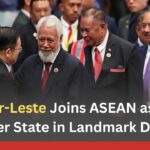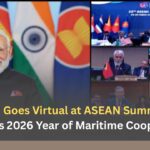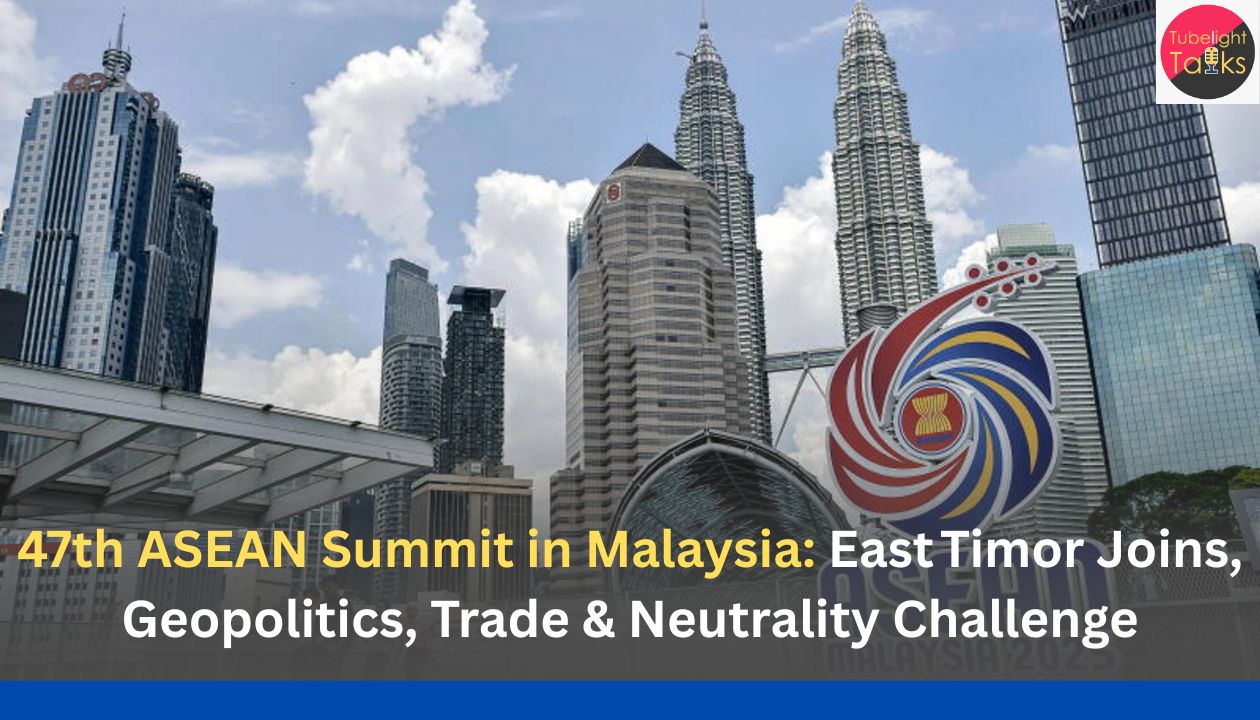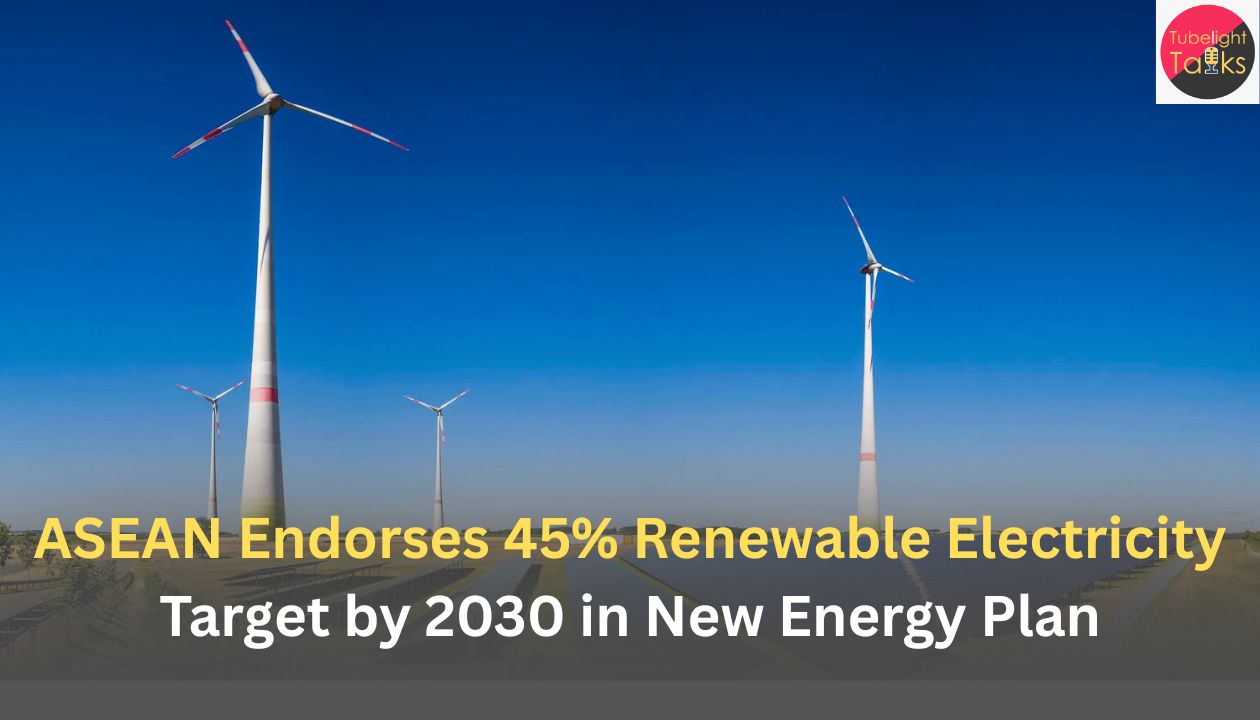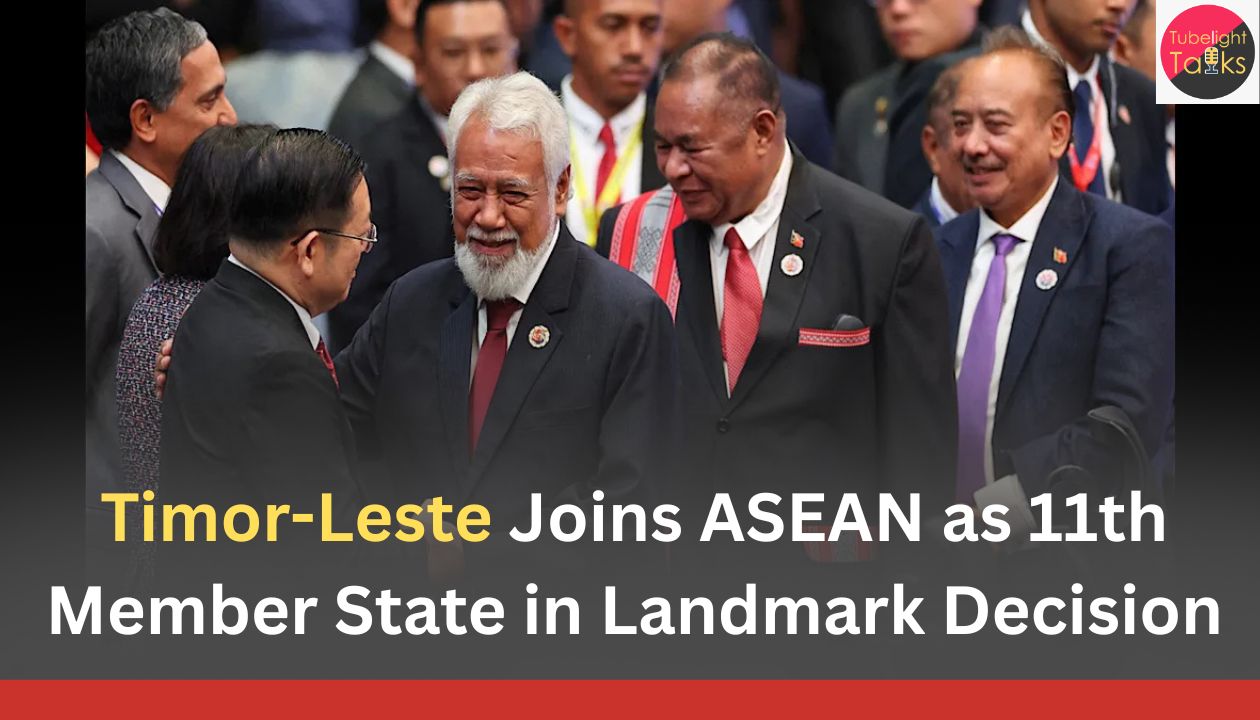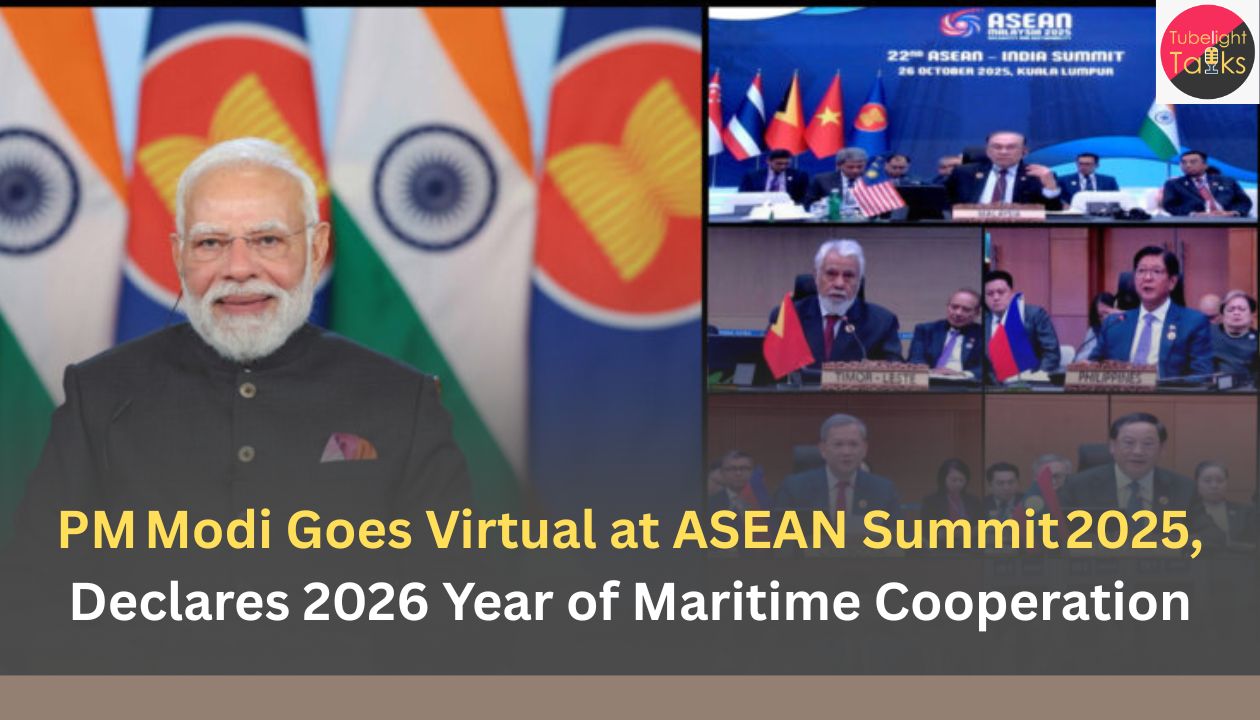47th ASEAN Summit in Malaysia: Malaysia holds the rotating chair of ASEAN in 2025 and again hosts the bloc’s leadership meeting in Kuala Lumpur from October 26 to 28, 2025. The venue underscores Malaysia’s ambition to steer the bloc amid growing regional complexity.
East Timor’s Accession as ASEAN’s 11th Member
In a historic move, East Timor (Timor‑Leste) was formally welcomed as the 11th member of ASEAN at the Kuala Lumpur summit — the group’s first expansion since the 1990s. Malaysian Prime Minister Anwar Ibrahim described the step as “completing the ASEAN family”. This accession broadens ASEAN’s strategic depth, population‑pool and economic footprint, but also raises questions about institutional capacity and integration pace.
Agenda Priorities and Strategic Issues
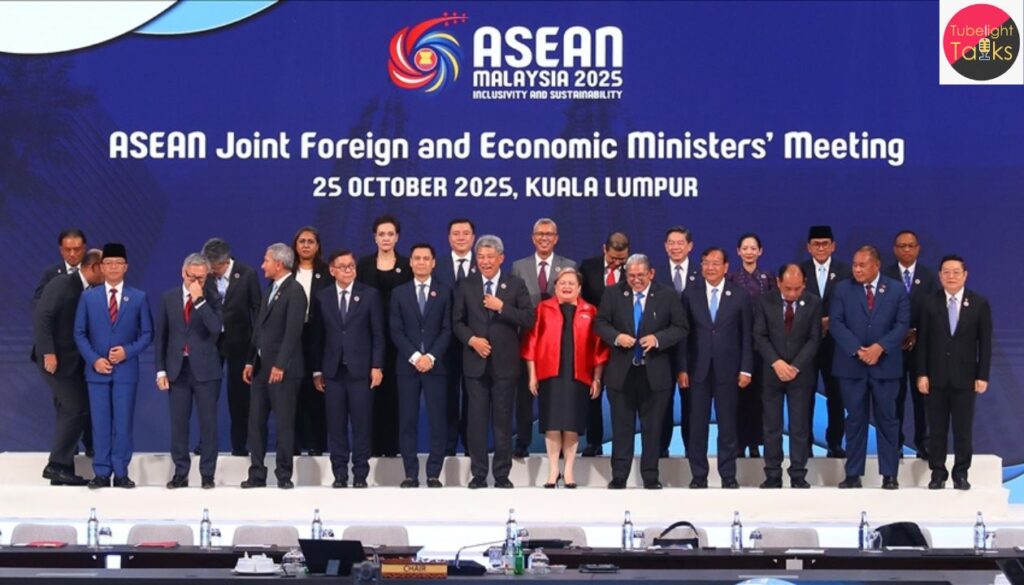
Trade, Supply Chains & Economic Resilience
ASEAN ministers reiterated the urgency of economic integration in the face of global trade shocks. Malaysia’s foreign minister stressed that Southeast Asia’s unity is critical to counter emerging U.S. tariff shocks and supply‑chain diversion.
Regional Security & Big‑Power Rivalry
With U.S. President Donald Trump attending the summit and alongside Chinese and other global‑partner representation, the summit confronted the challenge of ASEAN’s traditional neutrality amid intensifying China‑U.S. competition. Malaysian foreign minister Mohamad Hasan warned that ASEAN’s “space for neutrality and centrality is narrowing”.
Inclusivity and Structural Reform of ASEAN
Welcoming East Timor signals a push for inclusivity, but also necessitates structural reform across ASEAN: decision‑making mechanisms, resource sharing, institutional coordination and member‑state capacity building all come under scrutiny.
Implications for Southeast Asia and Beyond
For ASEAN Member States
The expansion and active summit agenda strengthen ASEAN’s relevance. Yet member‑states must manage internal diversity, reconcile contrasting national interests (big vs small nations) and ensure cohesive regional policy.
For External Powers and Global Governance
ASEAN’s platform becomes increasingly important for external actors (U.S., China, India, Japan) to engage regional affairs. The bloc’s decisions will shape trade flows, regional security architecture and strategic alignments.
For East Timor
As a new ASEAN member, East Timor gains access to a $3.8 trillion economy and region‑wide frameworks for trade, investment and connectivity. However, it also faces adjustment challenges: institutional readiness, infrastructure, human‑capital gaps and aligning with regional standards.
Challenges and Risks Ahead
Institutional Overstretch and Divergent Interests
ASEAN consensus‑based architecture may strain under growing geopolitical pressure and increased membership. Internal disagreements or slow decision‑making could undermine actionable outcomes.
Trade Friction and Economic Vulnerability
Persistent US and China trade tensions, tariff disruptions and supply‑chain re‑routing pose a risk to ASEAN export‑oriented economies that depend on open markets.
Strategic Ambiguity and Neutrality Erosion
As big‑power rivalry intensifies, ASEAN risks being drawn into bloc politics or bilateral alignments, threatening its independence and identity. Malaysia’s chairmanship warns of this erosion.
South–East Integration and Implementation Gaps
East Timor’s accession is symbolic, but the real test lies in full institutional integration, equal access for all member‑states and effective capacity deployment across the bloc.
Regional Unity and Shared Destiny
From the teachings of Sant Rampal Ji Maharaj and the notion of satgyan (true knowledge), the ASEAN summit’s moment of expansion and strategic recalibration can be seen as a call for deeper collective purpose. True regional cooperation isn’t simply about adding members or economic statistics—it is about lifting up all communities, enabling dignity, mutual respect and shared welfare. ASEAN’s aspiration to inclusion and unity resonates with the spiritual ideal: that strength lies not in dominance, but in service, collaboration and equality. As Southeast Asia navigates a fractious geopolitical era, embracing this deeper ethos could shape a more cohesive, peaceful and human‑centred future.
What to Watch in the Coming Months
Implementation of East Timor Membership
Monitor how quickly East Timor integrates into ASEAN structures, access trade and investment frameworks and strengthens bilateral ties with existing member‑states.
Regional Trade & Supply‑Chain Agreements
Look for new trade blocs, expanded regional integration packages, supply‑chain resilience initiatives and response to U.S./China tariff moves.
Read Also: U.S. and China rev up trade tensions as tariff threats sharpen
Security Architecture and External Partner Engagement
Watch whether ASEAN issues new partnership / defence / connectivity frameworks with external powers, and how it handles maritime, cyber and territorial issues.
Institutional Reforms within ASEAN
Key questions: Will ASEAN revise decision‑making processes, expand Secretariat capacity, allocate budget enhancements or reform membership criteria?
FAQs: 47th ASEAN Summit in Malaysia
Q1. When and where was the summit held?
The 47th ASEAN Summit and related meetings took place in Kuala Lumpur, Malaysia from 26–28 October 2025.
Q2. What notable event occurred at this summit?
East Timor (Timor‑Leste) was formally admitted as the 11th member of ASEAN — the first accession since the 1990s.
Q3. What were some key agenda items?
Major agenda points included trade resilience amid global tariffs, regional security and neutrality concerns amid big‑power rivalry, and institutional reform of ASEAN.
Q4. Why is neutral centrality a concern for ASEAN?
Malaysia’s foreign minister warned that the region’s space to act as independent or neutral is shrinking as U.S.‑China competition intensifies.
Q5. What are the main risks for ASEAN going forward?
Risks include institutional overload from expansion, economic vulnerability to global trade disruption, and strategic marginalisation if internal unity falters or external powers dominate.




